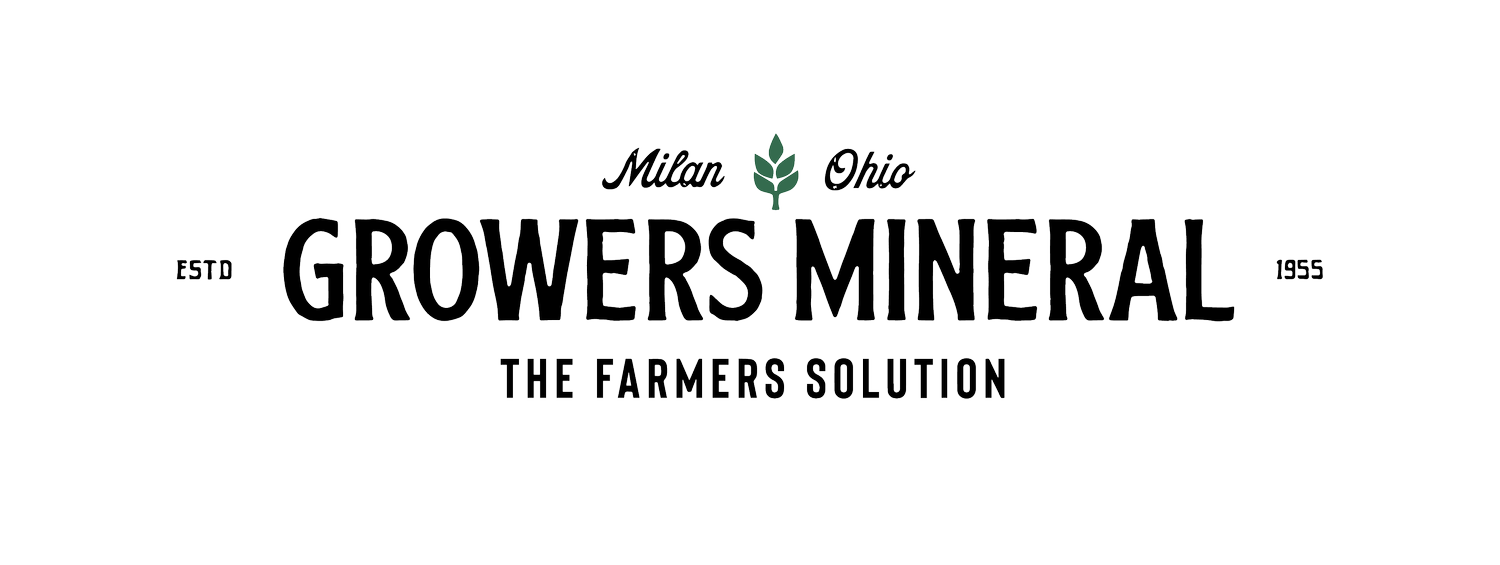From Byproduct to Benefit: Shuttski’s Ag Service Approach to Sustainable Farming Spreads Across the Region
...from the Walsh County Press, Vol. 142, Issue 24, dated Wednesday, December 11, 2024, by Allison Olimb.
They say that there are those who work in hours and those who work in acres. For many farmers across the region, the next season already has started, even as snow coats the soil.
This fall when farmers were wrapping up their seasons, Shuttski's Ag Service out of Minto, ND was just getting started. Keith Shutt has been promoting the benefits of lime application to the land for the past 12 and a half years.
He said growing up in Minnesota he was aware of the benefits of lime or calcium carbonate because his dad was on The Growers Mineral Program on their farm. And it is a readily available product as a byproduct of sugar processing.
According to the American Crystal Sugar Company, "Spent lime is a byproduct of the beet sugar purification process. It is generated by heating mined calcium carbonate limestone to form calcium oxide and carbon dioxide. These two products are injected into the thick juice during sugar beet processing and they reform as calcium carbonate. When the calcium carbonate reforms, it captures and absorbs many of the impurities in the juice and precipitates out from the juice. The precipitate forms a solid lime product that needs to be discarded, leaving behind the thin juice from which sugar is extracted."
When Keith found out how much byproduct the five American Crystal Sugar Company beet processing factories in North Dakota and Minnesota produce, he saw an opportunity.
"That's basically how that got started. I just said, 'Well, there's a need for it in the valley," he said.
Keith was working for Gudajtes Family Farm when he convinced then to try spreading lime on their beet ground. The results were proof enough.
He stepped out on his own to continue promoting the benefits of lime as he said that it not only helps American Crystal out to repurpose the excess byproduct, but it helps the farmer as well.
"So it's a win, win for everybody. A win for everybody involved," Keith said.
He said that there are benefits for all crops, but primarily the lime is being applied to beet ground.
"When you get enough calcium into the cell wall of the plant, it basically becomes immune to diseases," he said. "The biggest one in the Valley is Aphanomyces which is root rot."
The other thing that happens, he said, "is that the recoverable sugar from the sugar beets, wherever there's lime or wherever there's lime applied is usually a point and a half greater. So that's a huge dollar benefit to the grower and American Crystal."
When he first started out, he said he spread around 35,000 tons. On average, Shuttski's Ag Service spreads around 85,000 tons of lime a year.
"This year we only spread about 8,500 acres. Last year we did 10,000 acres. So last year we spread 100,000 tons, and this year we spread 85,000 tons."
They put 1600 tons on each quarter of land. "A semi load is only 25 tons. So that's a lot of semi loads," he explained.
He said that they end up working a wide range of the region "all the way from the Canadian border in the Valley, all the way to Castleton. I've gone as far south as Aberdeen, SD. I've been as far east as Oklee, MN. So yeah, we cover a pretty big area."
The Shuttski's Ag crew is made up of Keith and three other guys who work around 12 hours a day, six days a week, for three or four months as they try to race winter.
Over time, his former employer has been not only one of his best customers but also a great reference.
"I spread for a lot of guys that have never missed a year with me. I mean, they're big customers every year," he said, explaining that each piece of land only needs lime application every eight to 10 years before you have to go back and reapply. So as each customer is trying to get everything that they're farming covered, it's a continuous rotation.
One of the biggest challenges is getting people away from the way that they have always done things to showcase why lime is beneficial in the region-from balancing pH and improving the availability of nutrients like phosphorus and nitrogen to improving the soil compaction.
He noted that Ben Franklin was the first one to spread lime in the colonies. And the Egyptians are the first ones in recorded history to apply lime. And they, the Egyptians, applied it in the Nile River Valley for their fertilizer.
As Keith continues to spread lime across the region, his focus remains on promoting the long-term benefits. Whether it's improving soil health, increasing crop yields, or putting a valuable byproduct to good use, Shuttski's Ag is making a real difference.
For Keith, it's not just about spreading lime. It's about creating a win-win for everyone involved. By offering a solution that helps both the land and the bottom line, he is hoping by putting in those long hours that the fields of tomorrow are as productive as those of today.
This is an excerpt from the Early Fall Growers Solution (2025) ...from the Walsh County Press, Vol. 142, Issue 24, dated Wednesday, December 11, 2024, by Allison Olimb.
Signup for our newsletter to stay in the loop

